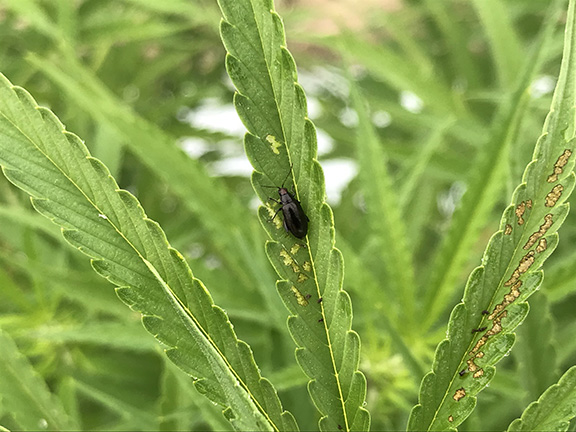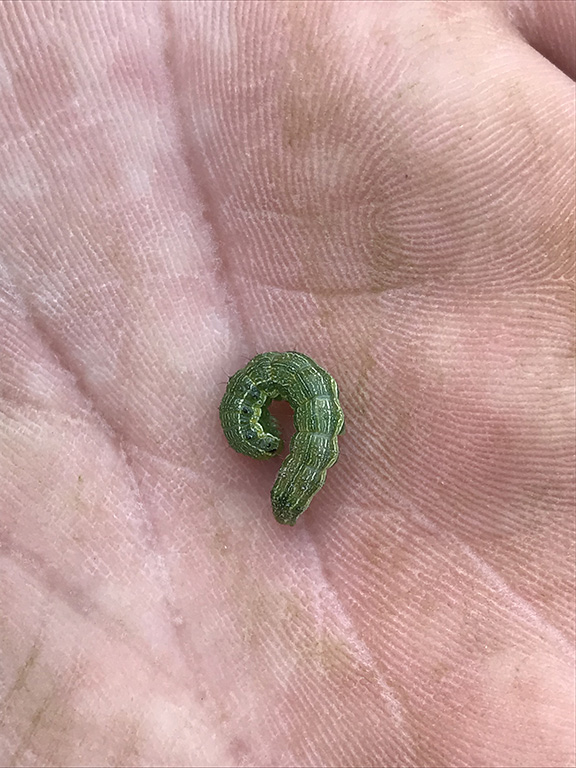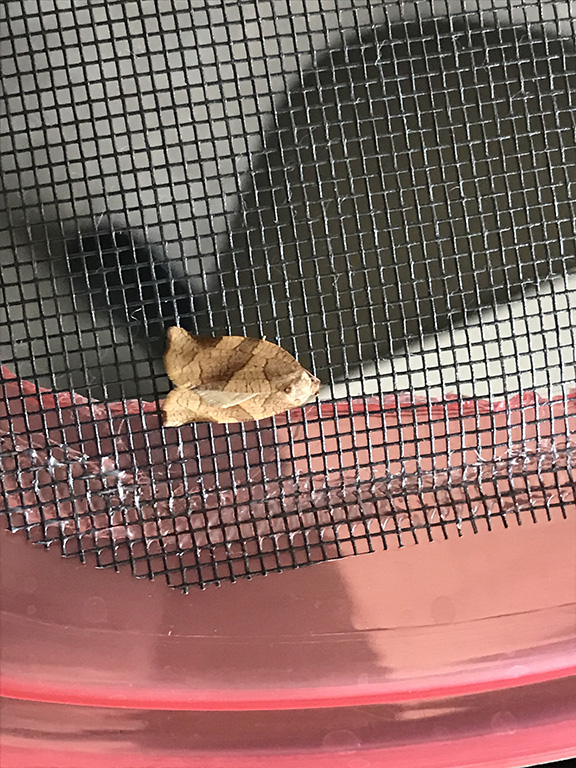As the season progresses, hemp farmers in Indiana are learning what it is like to grow hemp compared to their other crops. While this growing season has not been ideal, and growers have expressed disappointment with how their hemp fields look, we can all learn from this year.
I have tried to frame this growing season in a positive light where we will all be better positioned for next year. Because of the rain and delayed planting we will start to develop planting windows, which will likely differ for our three types of hemp-fiber, grain, and CBD. We will have a better understanding of how certain cultivars perform across the state. We will gain an understanding of how a wet spring and a dry summer can affect hemp health, specifically, how this stress could impact THC content. By having hemp farmers across the state, we getting a breadth of useful information based on their research projects and observations.
We are also learning where gaps exist in hemp production. Some of these gaps include poor quality seed and cuttings, how to dry CBD hemp, and who to sell biomass to (for those who did not get a buy back agreement). The hemp industry is in its infancy and we still have a lot to learn.
I could not end without giving an insect update. We are observing flea beetle damage, corn earworm, European corn borer, cannabis aphid, and oblique banded leaf roller in the fields. This is the first time I have seen oblique banded leaf roller larvae eating hemp leaves and doing their characteristic leaf roll on large fan leaves and new growth at the top of plants. As we continue to produce hemp, we will see in more insects on the plants. If insect damage is observed, clear photos of damage and of the insects causing damage will help us document pests across the state.
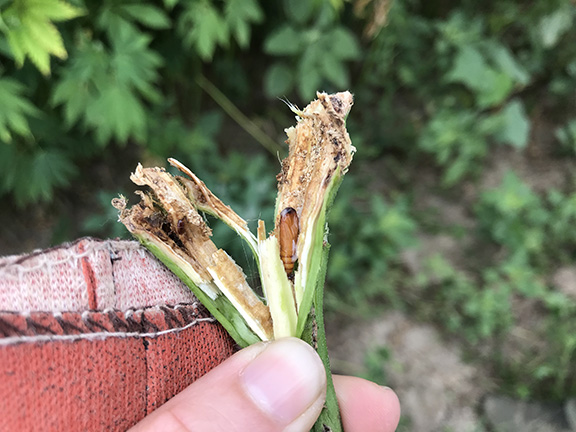
Figure 3. European corn borer found in hemp grown for fiber. I have also received reports of ECB in hemp grown for CBD.


